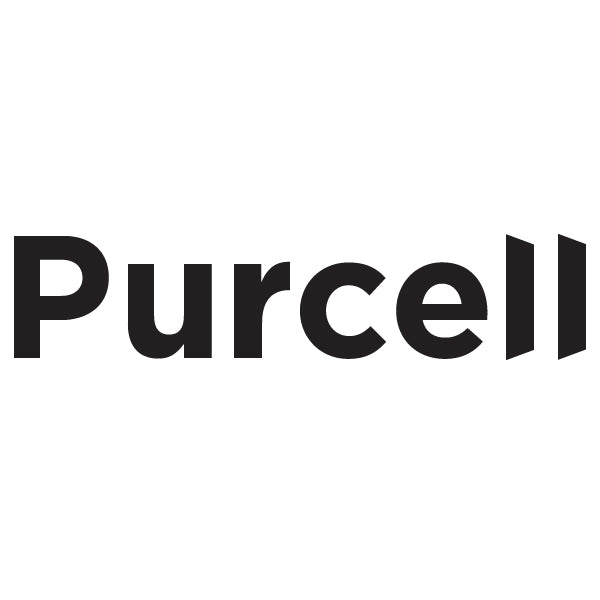In recent years, there has been a significant shift in consumer behavior and business models towards sustainability. One of the most promising trends in this movement is the increasing popularity of reusable packaging and refill systems. This shift is not only motivated by the urgent need to reduce environmental impact, particularly plastic waste, but also by the recognition that sustainable practices can lead to more profitable and resilient business models.
The Problem with Single-Use Packaging
The traditional model of single-use packaging, particularly plastic, has led to severe environmental consequences. Plastics, which take hundreds of years to decompose, contribute to pollution, harm wildlife, and disrupt ecosystems. The production of single-use plastics also consumes valuable resources and energy. As awareness of these issues grows, both consumers and regulators are pushing for change.
Benefits of Reusable Packaging and Refill Systems
Reusable packaging and refill systems offer a sustainable alternative by minimizing waste and reducing the need for new materials. These systems encourage consumers to return packaging for reuse or to refill their containers with products, ranging from household cleaners to personal care items. The benefits are manifold:
- Environmental Impact: Reducing reliance on single-use packaging significantly lessens waste production and resource consumption.
- Cost-Effectiveness: While the initial investment in durable packaging might be higher, the long-term savings from reusing materials can be substantial.
- Consumer Engagement: These systems often create a more interactive experience, fostering a stronger connection between consumers and brands.
- Innovation Opportunities: Developing refill and reusable solutions drives innovation in design and materials, opening up new business opportunities.
Case Studies and Success Stories
Several companies have already seen success with this model. For example, a well-known household cleaning brand introduced a line of concentrated cleaning products with reusable bottles, significantly reducing plastic waste and transportation emissions. Another example is a personal care brand that launched a refillable deodorant system, combining sustainability with high-end design.
Challenges and Considerations
While the benefits are clear, there are challenges to implementing these systems, such as logistics, consumer habit change, and initial costs. Businesses need to consider the entire lifecycle of their packaging, ensure ease of use for consumers, and communicate the environmental benefits effectively.
The Future of Packaging
Looking ahead, reusable packaging and refill systems are poised to become more than just a niche market. As consumers continue to prioritize sustainability, and as regulatory pressures increase, these systems will likely become a standard practice. This shift not only helps in combating environmental issues but also opens up new avenues for innovative and profitable business models.
The move towards reusable packaging and refill systems represents a significant step in the journey towards a more sustainable and profitable future. By embracing these systems, businesses can not only contribute positively to the environment but also build stronger, more engaging relationships with their customers. As this trend continues to grow, it is clear that sustainability and profitability can go hand in hand.

